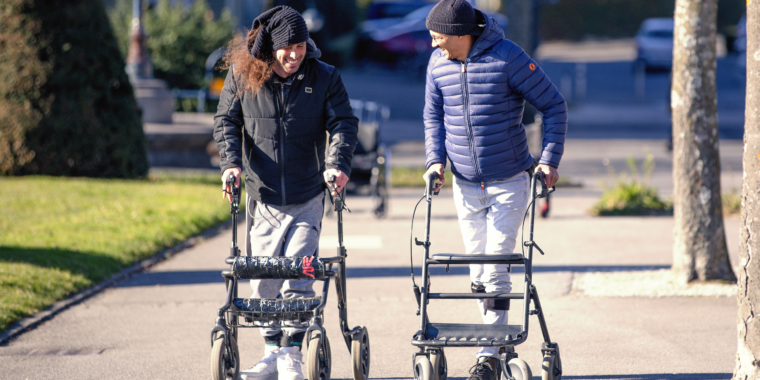Spinal cord injuries are life-altering, as they prevent the transmission of nerve impulses past the point of injury. That means no sensory inputs make it to the brain, and no signals from the brain make it to the muscles normally controlled by the brain. But improvements in our understanding of neurobiology have raised the hope that we can eventually restore some control over paralysed limbs.
Some of these efforts focus purely on nerve cells, attempting to get them to grow through the damage at the site of injury and restore a functional spinal cord. Others attempt to use electronics to bypass the injury entirely. Today, there was very good news for the electronics-focused effort: researchers have designed a spinal implant that can control the leg muscles of paralysed individuals, allowing those individuals to walk with assistance within hours of the implant being activated.
Prior to activating the implant, none of the three participants could initiate any sort of muscle activity when attempting to take a step. The same day that the model was trained, all of the subjects could take steps on a treadmill if they were supported. The model was able to generate the right series of currents to stimulate the leg muscles appropriately.
See
New spinal implant gets paralyzed people up and walking#
technology #
health #
spinalinjuries #
medical 
Software modeling and feedback key to a computer-controlled stride.
